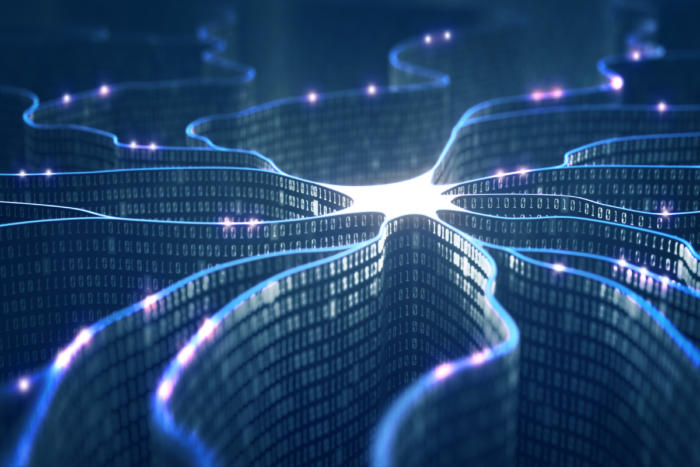 Every year, the technology industry seems to come up with new products that have the capability to manage themselves. From cars that tell us if we’re backing up too fast to AC units that turn on when they realize the residents are on their way home, we’re seeing technology continuing to advance in their ability to self-manage.
Every year, the technology industry seems to come up with new products that have the capability to manage themselves. From cars that tell us if we’re backing up too fast to AC units that turn on when they realize the residents are on their way home, we’re seeing technology continuing to advance in their ability to self-manage.
The next logical step we are seeing is self-managing data centers, where automation and machine learning handle administrative storage tasks.
Even for those who don’t believe machines can execute the tasks of an IT manager more effectively than their human counterparts, the efficiency gains from offloading repetitive functions -- or making connections between dissimilar, often unrecognized events – should give businesses the ability focus on strategic objectives that will help the company flourish.
Like self-driving cars, the self-managed data center that rarely needs human intervention could be coming sooner than we think. Data centers are increasingly utilizing full self-managed capabilities, which wouldn’t be possible without automation and machine learning technology.
Below are the three main trends that are helping to make self-managed data centers a reality.
Promising performance without intervention
Automation and machine learning offer multiple capabilities that aid in developing the self-managed data center.
One is that organizations can guarantee performance without intervention. With traditional storage, applications compete for resources from a fixed number of buckets or IOPS. Guaranteeing a set number of IOPS for a particular application prevents organizations from accessing those IOPS for other apps.
Automation enables organizations to access IOPS resources and allows virtual machines (VMs) to employ them for other necessary purposes. So, although it ensures a clear lane for every VM, it also enables the VMs to access IOPS as necessary.
This approach avoids the danger of saving and wasting unused IOPS, instead making them available when needed.
Ensuring a clear lane for very every virtual machine
In the future, machine learning and automation promise to optimize the performance of storage arrays and predict future usage trends. It can analyze past performance to predict trends for the next two months, for example, giving organizations insight into what’s necessary to optimize performance and capacity for storage-array pools.
Machine learning should enable organizations to move VMs from a particular array to somewhere else in the pool if through its ability to analyze performance trends. Furthermore, it would allow organizations to predict and address poor performance on an array.
Machine learning can also help businesses plan for their future. Analytics would enable organizations to improve predictions and make savvier decisions about infrastructure requirements to avoid downtime. It’s like building another wing on an apartment complex to address growing resident occupancy in the future.
Optimizing the performance of storage arrays and predicting future usage trends
Additionally, by giving each VM its own lane, organizations could make optimal use of all their performance all the time. On those rare occasions when VMs ask for more than the storage can deliver, performance could be assigned dynamically to applications that require it rather than on a first-in, first-out basis.
When further development of apps and devices that use machine learning take place, companies will try to find new and exciting ways to incorporate AI.
The controversial debates about AI will continue, but there are ways to utilize it without going overboard and giving over too much control.
Automated, self-managed data centers are becoming a reality, promising real-time, predictable performance without IT intervention. Even dense IT infrastructure that’s typically difficult and time-consuming to upgrade and control is becoming automated and divided into elements managed through software instead of hardware. These data centers are increasingly utilizing full self-managing capabilities.
Ultimately, with the combination of AI and machine learning, IT teams should finally have the ability to focus their time on more important tasks that add real value to the company rather than being stuck in the back end of the data center.
The data center that manages itself and rarely needs assistance has the potential to arrive sooner than expected. In the coming months, you’ll start to see how machine-learning-based intelligent automation will become a critical component of the modern data centers
Author: Chris Colotti
Source: Information Management




